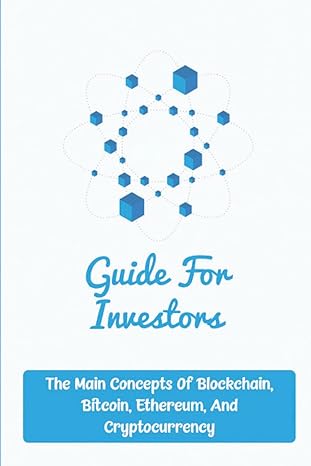Question
A well site is dry, wet, or gushing. Historically, 50% of all wells have been dry, 40% wet, and 10% gushing. The value (net of
A well site is dry, wet, or gushing. Historically,
50%
of all wells have been dry,
40%
wet, and
10%
gushing. The value (net of drilling costs) for each type of well are given below.
| Dry | $70,000 |
|
|---|---|---|
| Wet | $110,000 | |
| Gushing | $200,000 |
Wildcat operators often investigate oil prospects in areas where deposits are thought to exist by making geological and geophysical examinations of the area before obtaining a lease and drilling permit. This often includes recording shock waves from detonations by a seismograph and using a magnetometer to measure the intensity of Earth's magnetic effect to detect rock formations below the surface. The cost of doing such a study is approximately
$13,000.
Of course, one may choose to drill in a location based on "gut feel" and avoid the cost of the study. The geological and geophysical examination classifies an area into one of three categories: no structure (NS), which is a bad sign; open structure (OS), which is an "OK" sign; and closed structure (CS), which is hopeful. Historically,
45%
of the tests resulted in NS,
40%
resulted in OS, and
15%
resulted in CS readings. After the result of the test is known, the company may decide not to drill. The following table shows the probabilities that the well will actually be dry, wet, or gushing based on the classification provided by the examination (in essence, the examination cannot accurately predict the actual event).
| Dry | Wet | Gushing |
| |
|---|---|---|---|---|
| NS | 0.77 | 0.13 | 0.10 | |
| OS | 0.48 | 0.28 | 0.24 | |
| CS | 0.27 | 0.28 | 0.45 |
a. Construct a decision tree of this problem that includes the decision of whether or not to perform the geological examination. Choose the correct answer below.
b. What is the optimal decision under expected value when no experimentation is conducted?
The optimal decision is to
not drill
with an expected value of blank dollars.
(Type an integer or a decimal. Do not round.)

c. Find the overall optimal strategy by rolling back the tree. with an expected payoff of dollars. The optimal strategy is to (Type an integer or a decimal. Do not round.) c. Find the overall optimal strategy by rolling back the tree. with an expected payoff of dollars. The optimal strategy is to (Type an integer or a decimal. Do not round.)
Step by Step Solution
There are 3 Steps involved in it
Step: 1

Get Instant Access to Expert-Tailored Solutions
See step-by-step solutions with expert insights and AI powered tools for academic success
Step: 2

Step: 3

Ace Your Homework with AI
Get the answers you need in no time with our AI-driven, step-by-step assistance
Get Started


